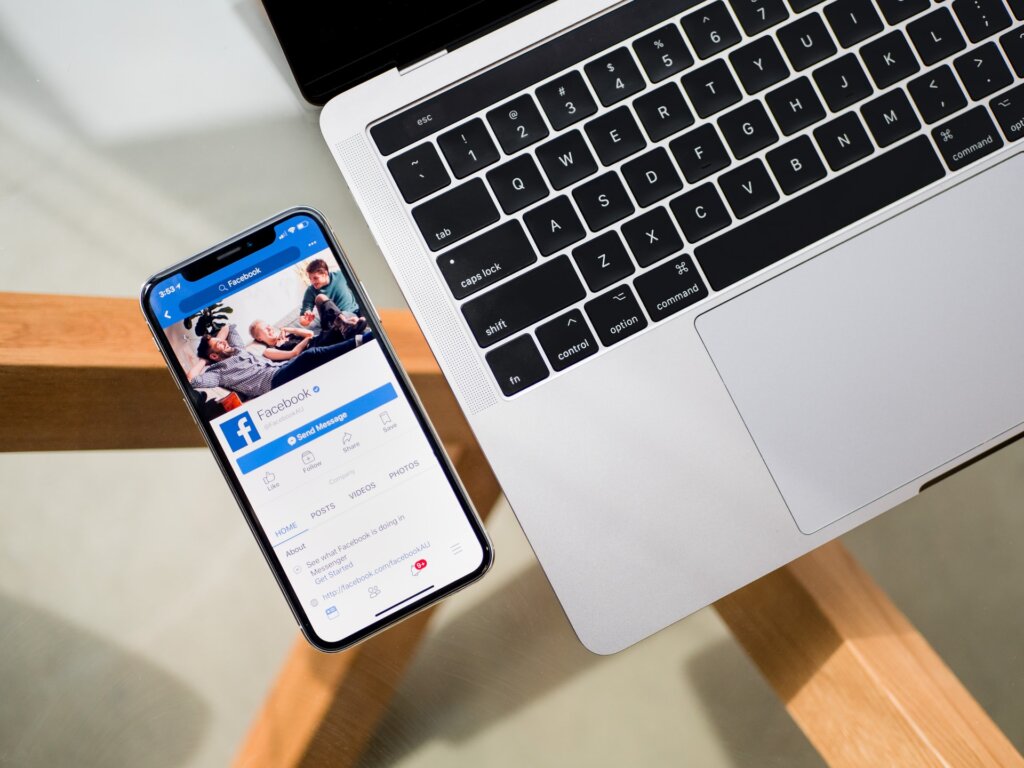When discussing advertising with new clients, one of the most common questions asked is: where should we run the ads? Google or Facebook? The simple answer to that is: both.
While Google and Facebook are clearly competitors, like perhaps Sydney and Melbourne, that doesn’t mean you have to align with only one. If your business worked with or sold to customers across Australia, you wouldn’t feel that you had to pick just one location in which to advertise. You would advertise wherever your customers are.
That same logic goes for where to place your ads. The Facebook vs Google Ads debate is beneficial only to Facebook and Google, trying to secure more advertisers. For your business, however, both are valuable and should be equally considered.
You’ll find below a guide to the Facebook vs Google Ads conversation, demonstrating how the platforms work, why you should consider each, and how they differ in supporting your advertising strategies.
Why Facebook Ads is important
Despite the complaints about grandparents now on Facebook, it’s still the social media platform with the highest number of monthly active users (MAUs) worldwide. 1.55 billion, to be specific.
While it’s great to have access to such a huge audience, it’s like throwing a stone into the ocean if you can’t identify who, within that audience, may be well suited to learning about your brand. That’s why Facebook Ads are important in the advertising mix. The ability to really hone in on user characteristics makes it a powerfully pointed solution, with one-fifth of the population in that data set.
How can Facebook connect you with the most qualified people? It knows everything about them. Get married? You probably put that on Facebook. Moved interstate? You probably put that on Facebook. Got kids? Again, you probably put that on Facebook. Not to mention all the liking, following and engaging with others posts.
The sheer amount of action that the average Facebook user takes helps Facebook to categorise them and personalise the kinds of ads that are best aligned to them. Which is great news for brands. This means that every dollar spent is expertly targeted, and ROI is high.
As of today, Facebook Ads is one of the best-value online advertising solutions.
Not only can brands build a persona of the kinds of people that they want to attract, but they can also build “lookalike audiences” based on the users that have proven valuable to target. Original audience information can be uploaded from brands directly, or they can be built through Facebook.
Fun fact, you can remarket to users who have visited your website from other channels under the condition that they have a Facebook account.
What kind of ads work on Facebook?
Facebook is a visual platform. Users scroll and look for visually interesting things to capture their interest. Hence, Facebook Ads should be visual. Facebook is the place to play with videos, images, gifs and other visual content.

Why Google Ads is important
Google AdWords set the standard for PPC advertising. Although there are competitors, such as Bing, none come close to the reach and value of Google’s AdWords. As the largest search engine in the world, Google can get you in front of just about anyone you want to get in front of. With 3.5 billion search queries going through Google every day, it’s safe to assume any kind of brand can find their consumer through AdWords.
Unlike Facebook, where you’re targeting personas or user characteristics, Google AdWords targets keywords. When using AdWords, brands bid on keywords that users use in search to try and get their ads displayed against the right search results for the users’ query.
The PPC model makes it so that brands are charged every time a user clicks on the ad. Brands can set their budget when they set up campaigns so that this doesn’t go out of control.
Brands are essentially paying for placing their ad against the keywords and search terms entered into Google. Then it’s up to the ad to entice the user enough to click through. Google helps with this, though. Advertisers have a whole range of customisation options to make ads more appealing.
Another reason why Google Ads is important is that Google works hard to ensure all brands and budgets have equal opportunities to advertise. They do this by looking at the quality and relevance of ads rather than how much advertisers spend. This means that big budgets vs small will actually come down to relevant content vs not. This makes the success of ads even better, too, as the user is going to ultimately click on what is most relevant.
What kind of ads work on Google?
Search engines are primarily text-based, but Google actually has a variety of advertising options. These are split via the Google Search Network and the Google Display Network.
Google’s Search Network is text-based. It covers the whole of the search engine and allows brands to bid on millions of keywords and phrases. This is ideal for conversion-driven campaigns.
Google’s Display Network, on the other hand, is more visual. Brands can use banners and other visual ad formats. This is a good option for brand awareness, where the focus is not so much conversion.

Choosing between Facebook and Google Ads
By now, you’ve understood the message that choosing between Facebook and Google Ads is not necessary. You can have both.
Utilising the two together will give you the most comprehensive coverage to expose your business to your ideal customers, giving you ultimate visibility. When your brand is present in all the places your customers or clients browse, you can find new customers, increase leads, and boost sales.

Achieving powerful ROI with Google and Facebook Ads does require some expertise. While you can play with this internally and lose some money while figuring out the best formulas, you may prefer to go straight to those in the know. That’s where AdVisible can help. We work with Google AdWords and Facebook Ads every day. We know what works across a range of Australian industries so that campaigns hit the right target from the start.
Contact the AdVisible team in Sydney to learn about how we help Australian brands get cut-through on social media and search.





